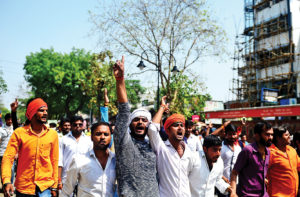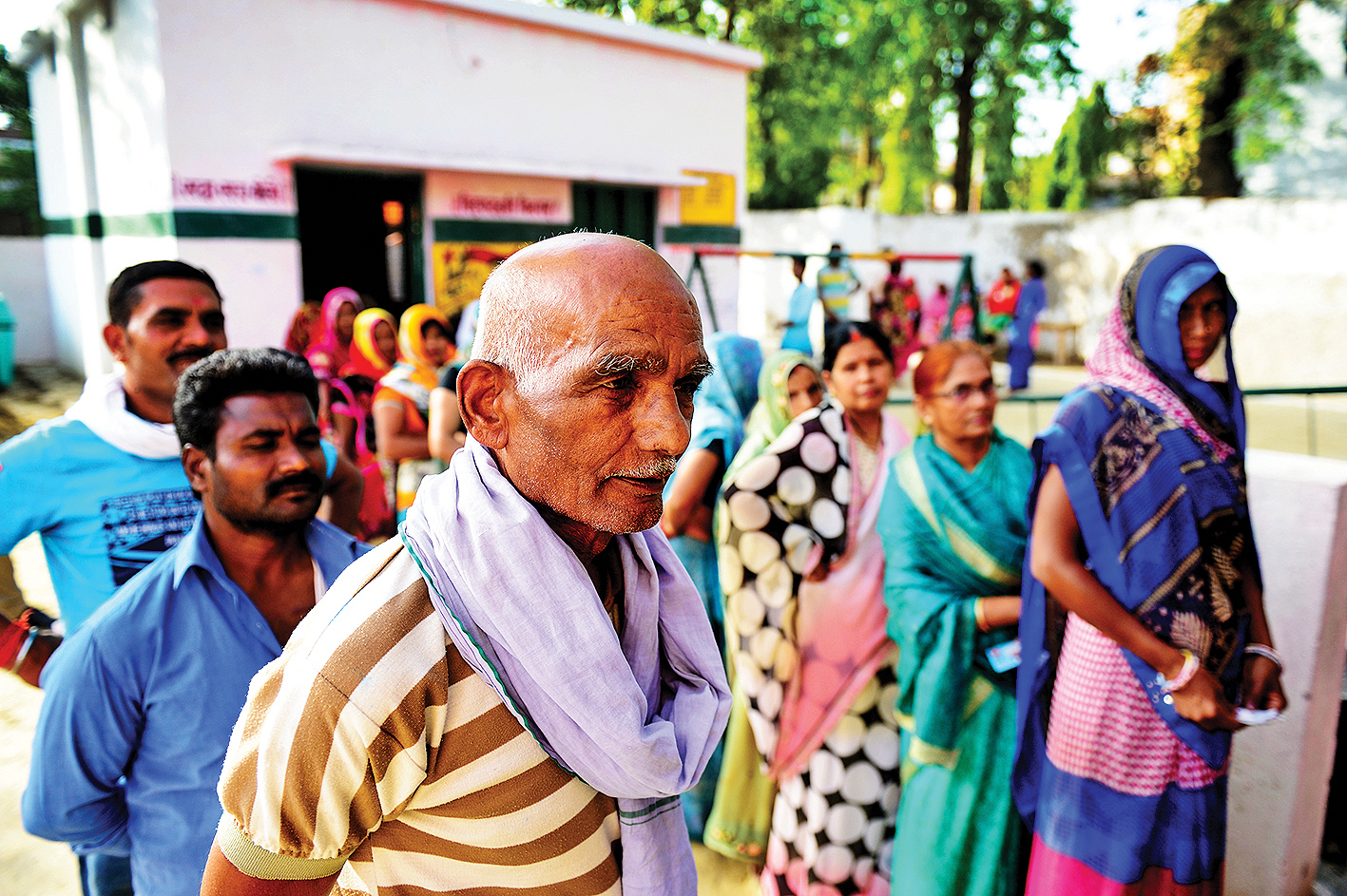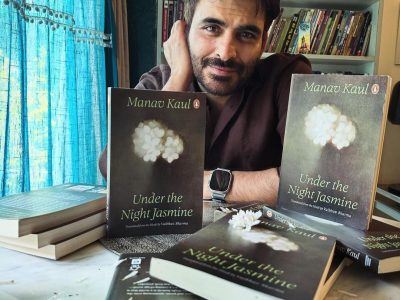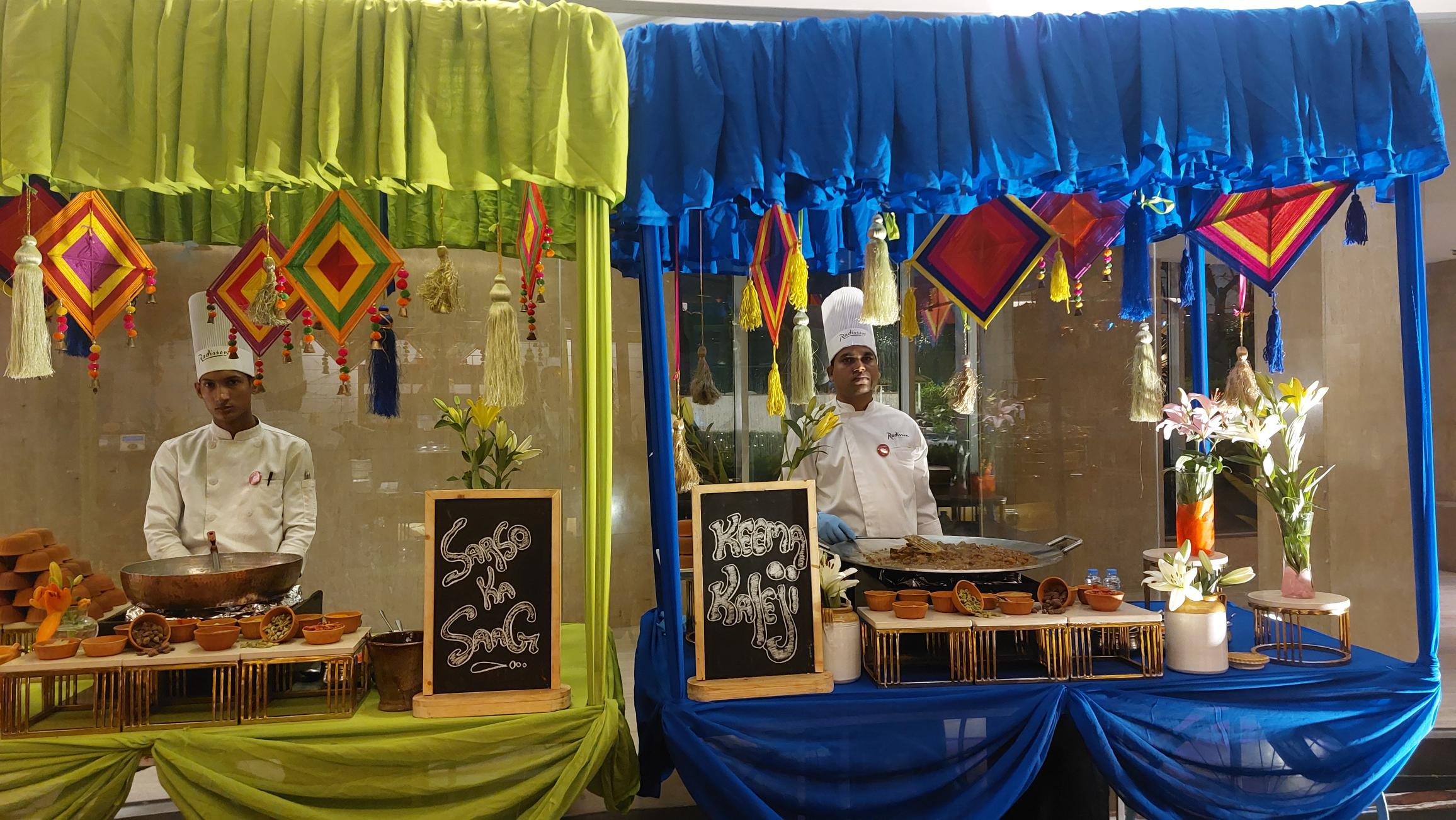In Delhi, no different from other parts of the country, voters do exercise their mandate based on considerations of caste — although work done by the representative counts too
When Ramesh Bidhuri, the incumbent Member of Parliament from South Delhi constituency registered a landslide victory in 2014, most speculated that it was because of the Modi wave. However, as much as the wave helped a plethora of BJP candidates, their caste too played an essential role.
With nearly 16.7 lakh voters, the area has over the years witnessed an influx of migrants coming from all parts of the country for better opportunities.
Today, the constituency has a mix of every caste — 33% OBC, 18.5% SC, 9.39% Brahmins, 9.04% Gujjars, 5% Jats and also Banias. Other prominent groups are Purvanchalis (15%), Muslims (6%), Punjabis (5.29%) and Bengalis.
Does caste play an important factor when it comes to a candidate winning from South Delhi? Well, residents of Aya Nagar believe so.
Previously called Yahya Nagar, post-Independence the village became the heartland of the Gujjar community. As one gets off from Arjan Garh Metro Station, the lane adjacent to the station lined with street vendors and makeshift shops screams of one thing — a rural-urban fringe.
As you walk from the main market of the area, mansions and houses come into sight. These houses suggest the muscle-power of the elite Gujjars who have a loud presence in the current political space in South Delhi. Black-tinted windows of Boleros and Fortuners flash at passersby while German Shephard dogs stand guard next to huge iron gates.
Standing next to his black freshly washed Bullet in the huge verandah of a three-storey kothi, Vinod Kumar, 50, explains the mood on the eve of election. Not only this, he also elaborates on the situation in areas like Chhattarpur, Ghitorni and Badarpur, which he gets to know about from his “brothers” living there.
“Log kaam nahi dekh rahe, balki kaam dekhna chahiye, chahe gaon ka aadmi kyu na ho, kaam ke hisaab se chalna chaiye. Lekin ye saare biradri ke naate jaa rahe hain,” tells Kumar. (People are not looking at work done. Even if they are villagers, they should. They are voting on caste lines).
He continues, “I think differently from the rest of the community. I will always vote in favour of development.” He says the village is filled with Congress supporters too. However, “They remain mostly silent, because they don’t want to indulge in debates with the large chunk of people who support BJP.”

“Kejriwal has also done a lot of work. A government school which was opened recently is something which was never done before,” says Kumar. Further, he decodes the political situation in the area into two sections — the village and the colony.
Kumar says the old elites who live on the rural side believe in caste politics and support the incumbent MP (Bidhuri), while the urban (colony) side, which is dominated by migrants, support either AAP (Aam Aadmi Party) or Congress.
For the 2019 general elections too, Kumar says, the vote from the village side “will go to BJP, because of Bidhuri’s caste.”
During the 2014 general elections too, Kumar very confidently says that the vote from the village side went to Bidhuri, while the rest voted either for AAP or Congress.
Kumar, on the other hand, doesn’t at all support the candidature of Bidhuri, because “he hasn’t done any work.” He says that Bidhuri “doesn’t talk properly to the people when they go for some work.” While on the other hand the Congress’ councillor from the area “has done a lot of work, and will again.”
It’s pretty evident that caste and development is prioritised on the level of government. During the 2015 Delhi Assembly elections, Kumar says that almost everyone in the area, including the village side, voted for AAP.
He also reveals that in the evening time, in some corners of the area, highly-charged political debates happen among BJP, Congress and AAP supporters. The result? “BJP supporters silence everyone on nationalism.”
“For people here, Modi and Pulwama changed the game. Before the attacks, there were hardly any people supporting the BJP, but now most do,” says Kumar.
Going further up north, Patriot spoke to Anil Pandey, 53, a Purvanchali, while he was sitting on a sofa outside a furniture store in Mangolpuri, where he works as a manager. He says that the mood among the traders here during the current election is divided.
When he was asked what grounds he will vote on, his reply came out as a shocker: “Whoever gives me Rs 10,000, I will vote for him,” he chuckles. It turns out he is serious. “See, every politician today, of any party, is in the game to earn money, and when they are earning, why shouldn’t I too?”
He was told that this is against the voting exercise, but he comes back with a quip. “Rakhi Birla, the current MLA, had a small house before she won the election and today she has a kothi. Where did that money come from?”
Coming to the question of caste politics in the area, Pandey goes back to the politics in his home state — Uttar Pradesh. “When government jobs were made available to the public in the terms of Mayawati and Akhilesh babu, both favoured people of their castes.” He adds, “Mayawati ji brought in Dalits while Akhilesh babu got his people from his community.”
Throughout the conversation, Pandey came up with smart quips while supporting the BJP. “Modi ji hain to sab theek hain. Aaj poora vishwa hamare peechhe hain, hum uske nahin.” (Everything is alright till Modi is present. Today the whole world is running after us, not the other way around).
The North-West Delhi constituency, reserved for the Scheduled Castes has 2,194,425 voters. While the incumbent MP Udit Raj belongs to the SC, people in the area hardly think caste makes a difference for them. The candidates fielded here are Hans Raj Hans (BJP), Guggan Singh (AAP) and Rajesh Lilothia (Congress).
“It’s not really caste which plays an important role, the public is smart here. They know that it is not a developed area, and they need someone who will work for them,” says Syed Khan, 59, a Muslim.
Sitting in a makeshift kabadi shop, which was demolished by the municipal corporation, Khan says he has a huge family of more than 100 people. And since generations they have voted for Congress.
“Our forefathers never thought about caste, as far as I know, they always thought of development in the area. We have seen this area in its worst condition,” says Khan.
With Khan are his grandchildren, who help him in his work. Saqib, 24, says that his friends don’t even understand the caste politics. “Sir ji, woh sab mein kya rakha hai ab. Jo kaam karega woh vote le jaaega,” tells Saqib. (Sir, what’s there in all that, whoever will work, will take the vote).
“That Rakhi Birla (AAP) has done nothing in this area and hardly shows her face. Do you think she will return back? No,” says Saqib. Although he’s all in all an AAP supporter, his frustration lies for the incumbent MLA.
“I will vote for AAP because Kejriwal is different and has done a lot of work over these five years. I think we should give him one chance at least to lead from the Centre. If he fails, then he will not get the vote. That’s all there is to it,” he concludes.
Inside, a person belonging to the Jat community gives an answer in one sentence and continues his work: “I will vote where my family tells me to. I hardly have a say in that.”
It’s clear that for some voters, caste is an important factor. Others are assessing the development in their area, while also conceding that caste comes into play in different sets of elections. Yes, caste matters.





